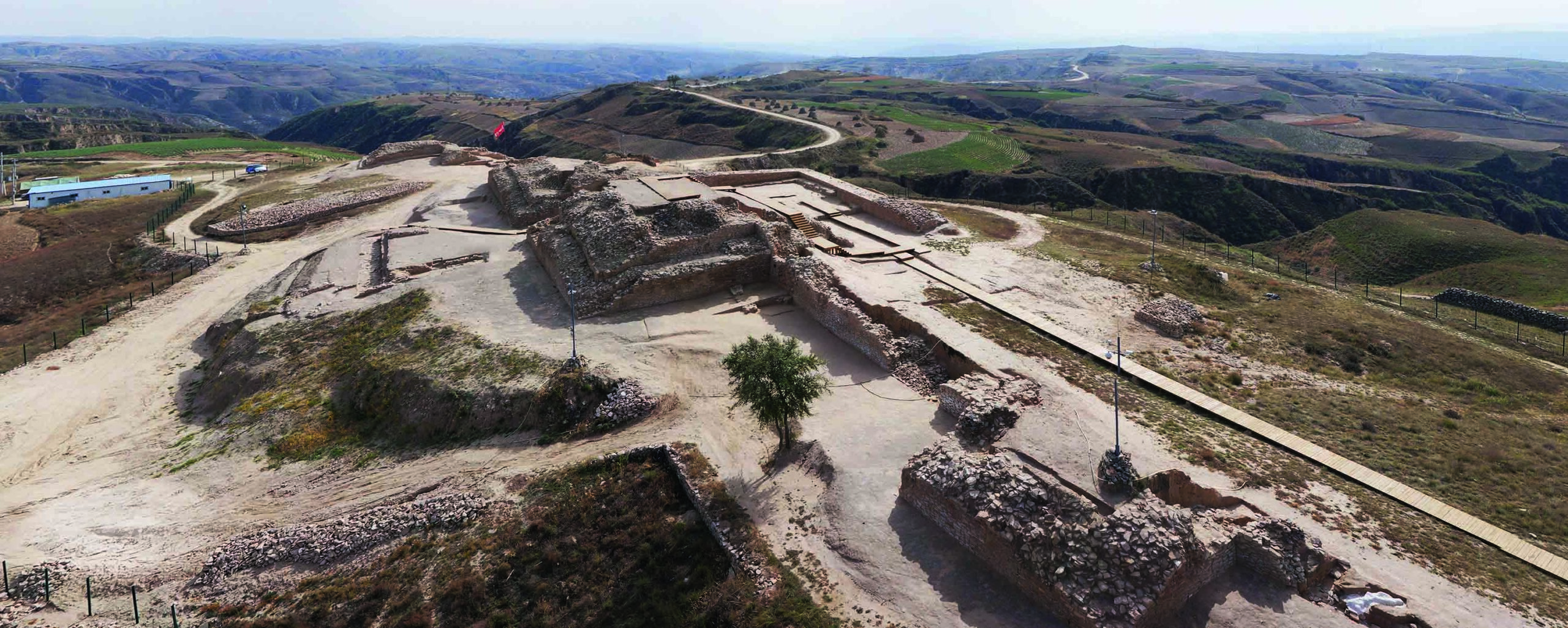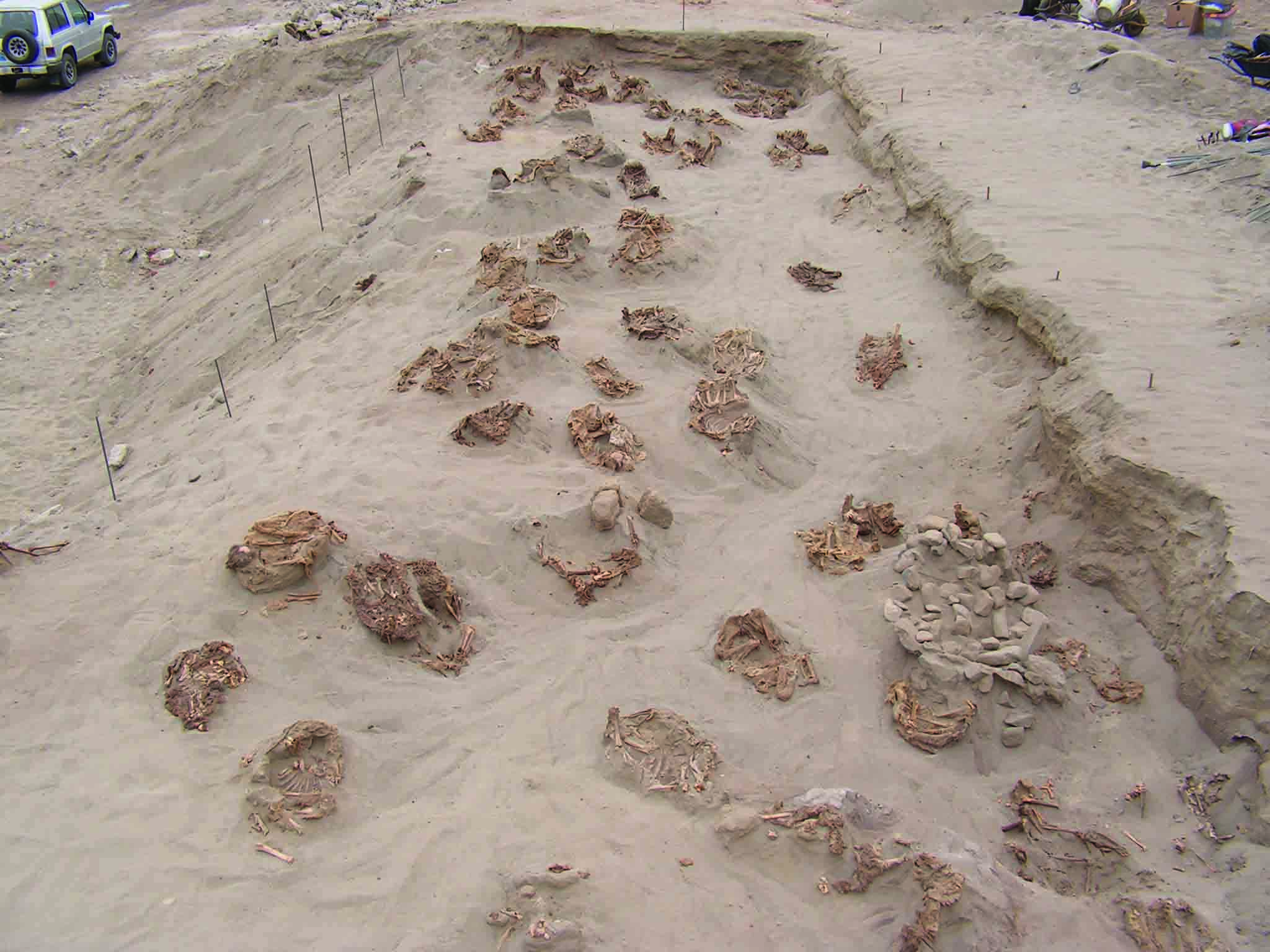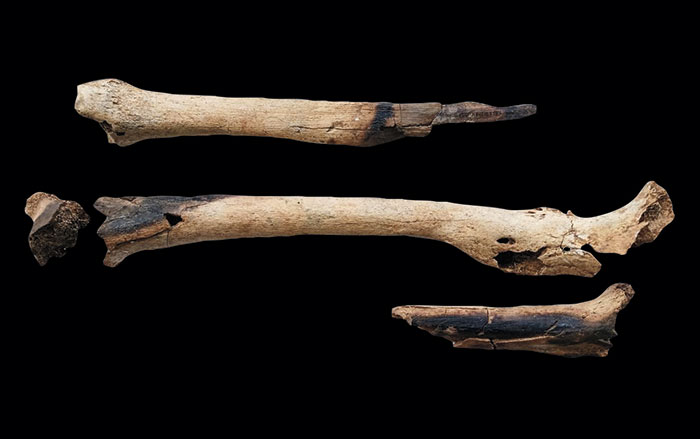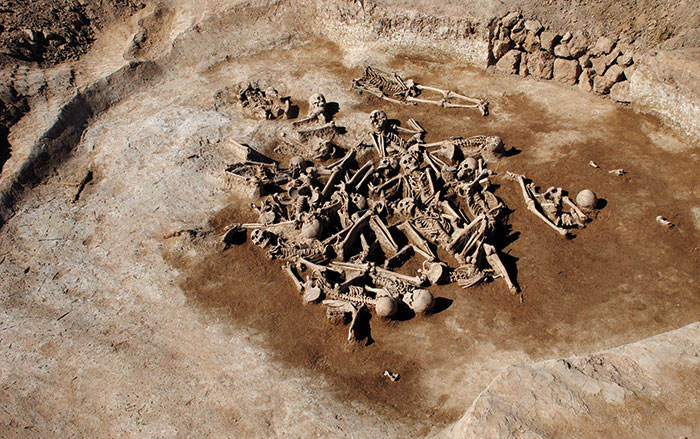It was originally thought that the ancient stone walls visible on the edge of the Mu Us Desert in the northern province of Shaanxi had once been part of the Great Wall. But, when archaeologists examined them intensively, they realized something much older and more complex was buried there. They had discovered the lost city of Shimao, which dates back to 2300 B.C. Over the past 10 years, excavators including Zhouyong Sun of the Shaanxi Provincial Institute of Archaeology have uncovered a stone city with immense fortifications and sophisticated infrastructure, thousands of luxurious artifacts, and a 230-foot-high stepped pyramid that served as the residence for Shimao’s rulers and leading families. The site’s early date and peripheral location were surprising since Chinese civilization was thought to have first developed in the Central Plains around 500 years after Shimao’s founding. “The discovery really puzzled me and other archaeologists,” says Sun. “Shimao reveals a unique trajectory to urbanism in China. This once-powerful kingdom was completely unknown in ancient textual records.”













